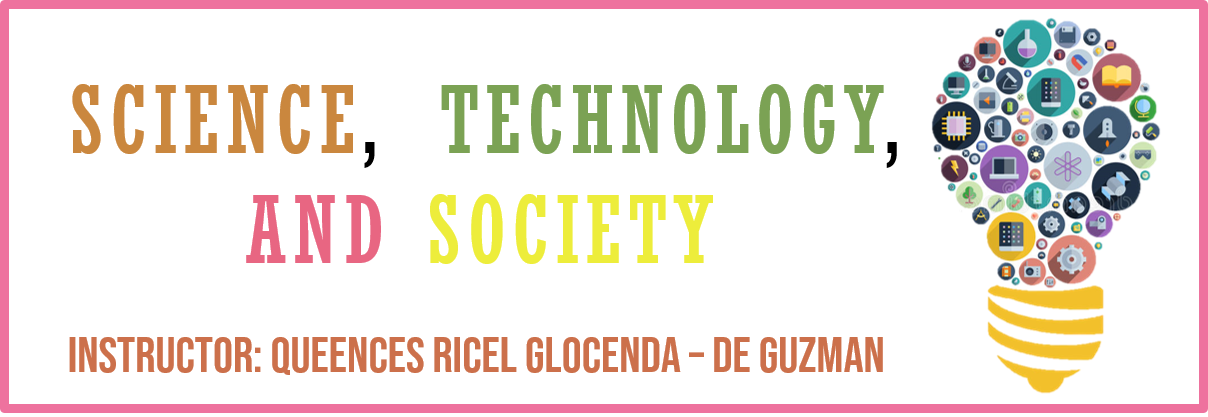- Teacher: Ramoel John Tiangco
Limay Polytechnic College
Available courses
- Teacher: April Cruz
This course deals with the nature of mathematics, the appreciation of its practical, intellectual, and aesthetic dimensions, and the application of mathematical tools in daily life.
The course begins with an introduction to the nature of mathematics as an exploration of patterns ( in nature and the environment) and as an application of inductive and deductive reasoning. By exploring these topics, students are encouraged to go beyond the typical understanding of mathematics as merely a set of formulas but as a source of aesthetics in patterns of nature, for example, and a rich language in itself (and of science) governed by logic and reasoning.
The course then proceeds to survey ways in which mathematics provides a tool for understanding and dealing with various aspects of present-day living, such as managing personal finances, making social choices, appreciating geometric designs, understanding codes used in data transmission and security, and dividing limited resources fairly. These aspects will provide opportunities for actually doing mathematics in a broad range of exercises that bring out the various dimensions of mathematics as a way of knowing, and test the student’s understanding and capacity. (CMO No. 20, s. 2013)
- Teacher: Via Mae Satingin
COPY PASTE COURSE DESCRIPTION
- Teacher: Reymalyn Presentacion

This course, Living in the Information Technology Era will examine communication and information technologies with particular emphasis on information technology and its components and how they are used by the Millennial Generation. Deals with the science, culture, and ethics of information technology, its influence on modern living and human relationships, and its uses for personal, professional, and social advancement.
The course aims to understand how communication and information technologies evolve and the cultural, economic, political, and social implications of such technologies for society.
- Teacher: Julie Ann Diaz
This course deals with the nature of mathematics, the appreciation of its practical, intellectual, and aesthetic dimensions, and the application of mathematical tools in daily life.
The course begins with an introduction to the nature of mathematics as an exploration of patterns ( in nature and the environment) and as an application of inductive and deductive reasoning. By exploring these topics, students are encouraged to go beyond the typical understanding of mathematics as merely a set of formulas but as a source of aesthetics in patterns of nature, for example, and a rich language in itself (and of science) governed by logic and reasoning.
The course then proceeds to survey ways in which mathematics provides a tool for understanding and dealing with various aspects of present-day living, such as managing personal finances, making social choices, appreciating geometric designs, understanding codes used in data transmission and security, and dividing limited resources fairly. These aspects will provide opportunities for actually doing mathematics in a broad range of exercises that bring out the various dimensions of mathematics as a way of knowing, and test the student’s understanding and capacity. (CMO No. 20, s. 2013)
- Teacher: Lorena Pablo
- Teacher: Visayas Villa

This course deals with the interactions between science and technology and social, cultural, political and economic contexts that shape and are shaped by them. It includes a look at the history, present, and future of science and technology in society, as well as the social, cultural, political, economic, and environmental aspects that influence their growth, with a focus on the Philippines.
This interdisciplinary course engages the students to confront the realities brought about by science and technology in society. Such realities pervade the personal, public, and the global aspects of our living and are integral to human development. This course seeks to instill reflective knowledge in the students that they are able to live good life and display ethical decision making in the face of scientific and technological advancement. The course also includes mandatory topics on climate change and environmental awareness.
- Teacher: Queences Ricel De Guzman
COURSE DESCRIPTION
- Teacher: Fibie Mendoza
This course provides an economic analysis of price and output determination, value and distribution. The result of analysis is applies to decision-making problem that affect business, consumers and families interaction between supply and demand is also to be highlighted. Analysis on consumer behavior due to the interaction between supply and demand is also to be covered. Market structures are part of the exhausted Discussion as they affect consumers and business.
- Teacher: Rizzalyn Hussain
This course is an operations management that optimizing the process of efficiency, quality, and customer satisfaction. It involves continuous improvement, and data-driven decision-making to deliver better products and services.
- Teacher: Rizzalyn Hussain
copy paste
- Teacher: Danreve Apostol